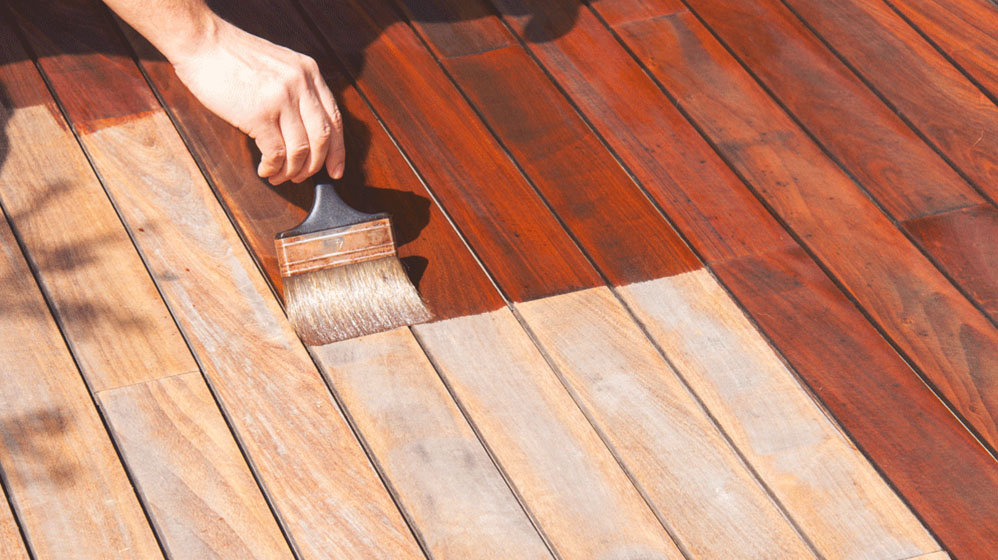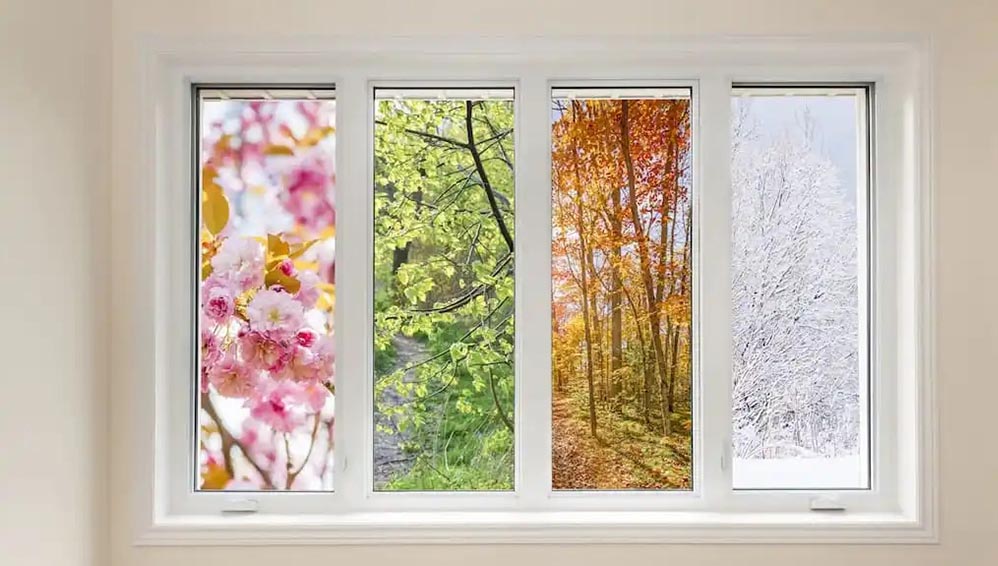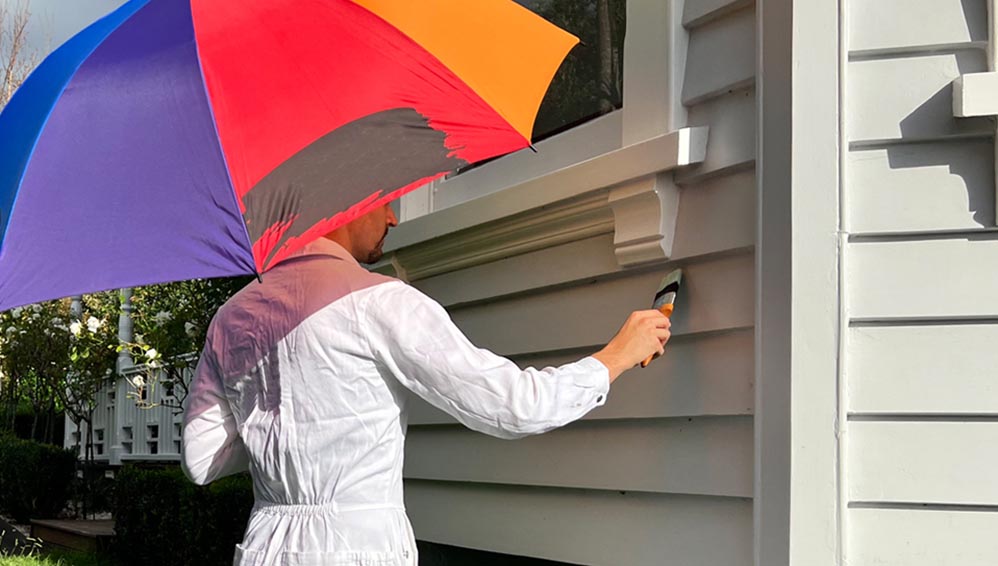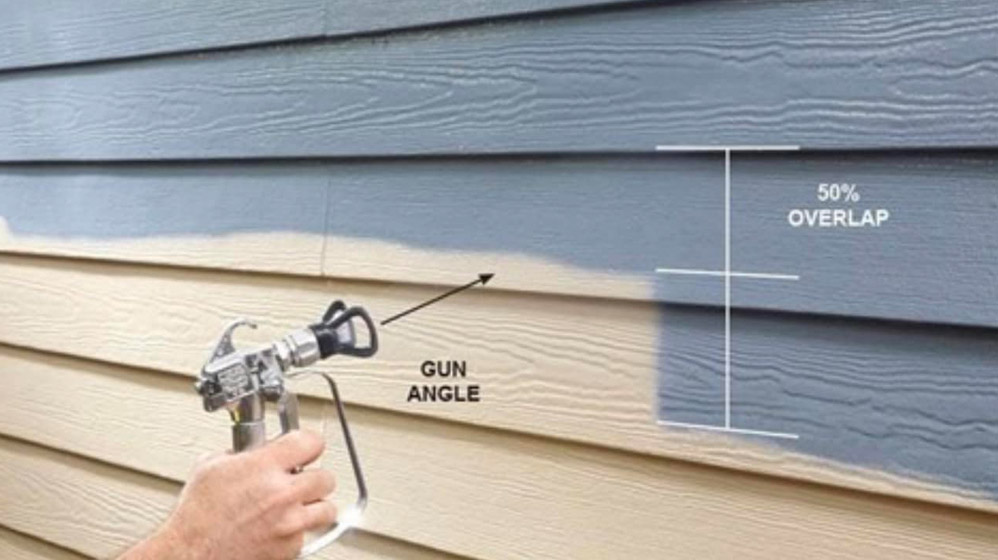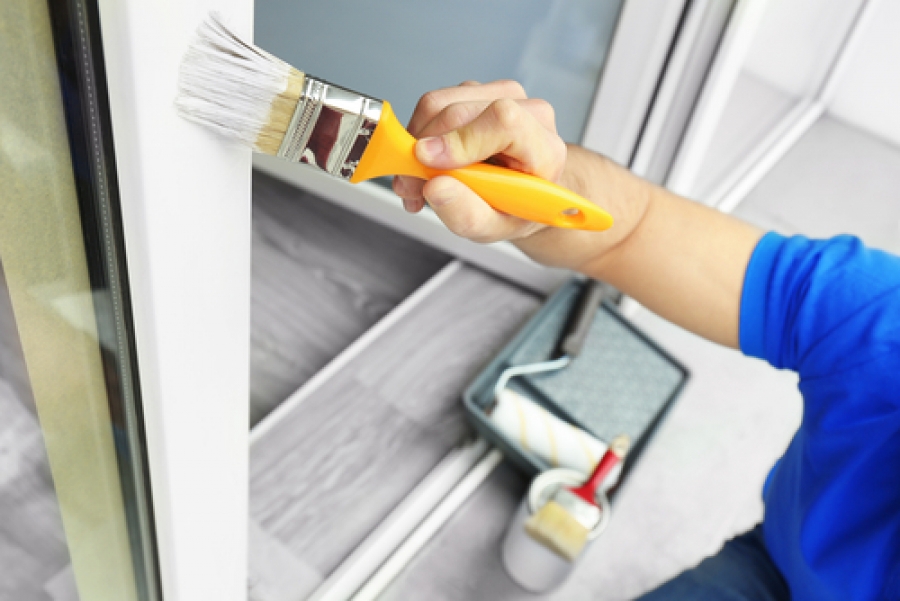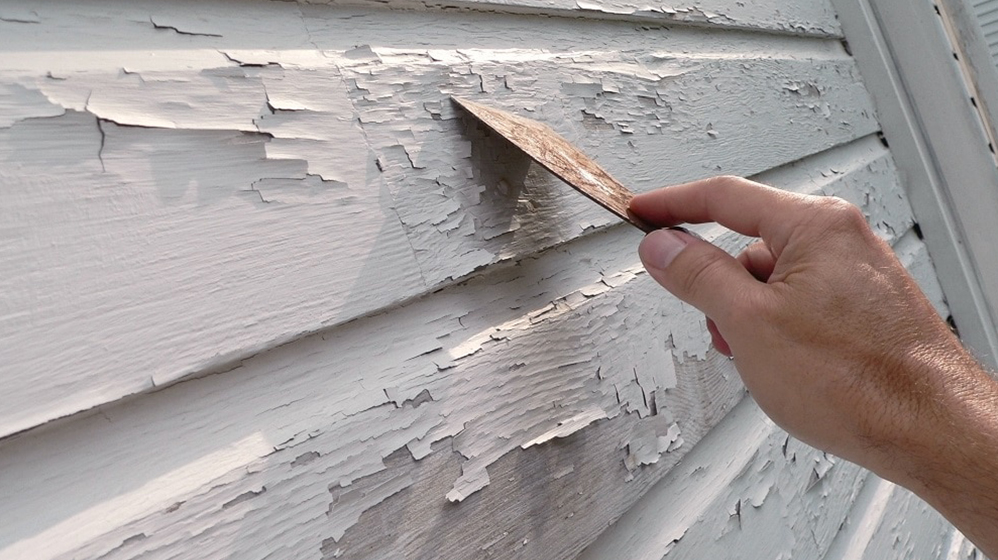When it comes to protecting and beautifying wood surfaces—whether on decks, fences, siding, or outdoor furniture—stain choice is crucial. With a variety of stain types available, understanding their differences can help you select the right product for your project. Today, we’ll explore four popular stain options: translucent stain, semi-transparent stain, semi-solid stain, and solid stain.
1. Translucent Stain
What it is:
Translucent stain offers the lightest coverage among wood stains. It allows most of the wood’s natural grain and texture to show through while adding a subtle color tint.
Characteristics:
Very thin, transparent film
Highlights wood texture and grain
Usually formulated with a high concentration of transparent pigments or dyes
Typically lasts 1-3 years before reapplication
Ideal for:
Preserving the natural beauty of high-quality wood
Projects where maintaining the wood’s original look is desired
Pros:
Enhances natural wood grain
Provides UV protection
Usually easy to apply
Cons:
Less protection against weathering
Requires more frequent reapplication
2. Semi-Transparent Stain
What it is:
Semi-transparent stain offers a bit more color coverage than translucent stain, providing richer color while still showcasing the wood grain.
Characteristics:
Slightly thicker film than translucent stain
Provides a good balance of color and wood grain visibility
Lasts approximately 2-4 years
Ideal for:
Fences, decks, and siding where some color enhancement is desired but wood texture should remain visible
Pros:
Adds more color depth
Maintains visibility of wood grain
Good UV and weather protection
Cons:
Slightly more effort to apply evenly
Reapplication needed periodically
Semi-Solid Stain
What it is:
Semi-solid stain offers significantly more color coverage, with a thicker consistency that partially obscures the wood grain.
Characteristics:
Thicker, more opaque than semi-transparent stains
Provides a richer, more uniform appearance
Typically lasts 3-5 years
Ideal for:
Older or weathered wood that needs more camouflage
Projects where a more uniform color finish is desired
Pros:
Better concealment of imperfections
Longer-lasting protection
Cons:
Slightly less of the natural wood grain shows through
More challenging to apply smoothly
4. Solid Stain
What it is:
Solid stain is the most opaque, offering full coverage similar to paint but with the benefits of stain.
Characteristics:
Thick, paint-like consistency
Completely covers the wood surface, hiding grain and texture
Usually lasts 5+ years
Ideal for:
Covering heavily weathered or damaged wood
Achieving a uniform color or decorative finish
Pros:
Excellent concealment of imperfections
Long-lasting and highly protective
Cons:
Does not showcase wood grain
More difficult to apply evenly
May peel or chip over time if not properly prepared
Summary Chart

Final Thoughts
Choosing the right stain depends on your aesthetic preferences, the condition of the wood, and how much protection you want. If you love the natural look of wood, translucent or semi-transparent stains are ideal. For more uniform color and better concealment, semi-solid or solid stains are preferable.
Always remember to prepare your surface properly before staining, and follow manufacturer instructions for best results. Proper maintenance and reapplication will keep your wood surfaces looking beautiful and protected for years to come!
If you’re unsure which stain is right for your project, consult with your local hardware store experts or a professional contractor—they can provide tailored advice based on your specific needs.

